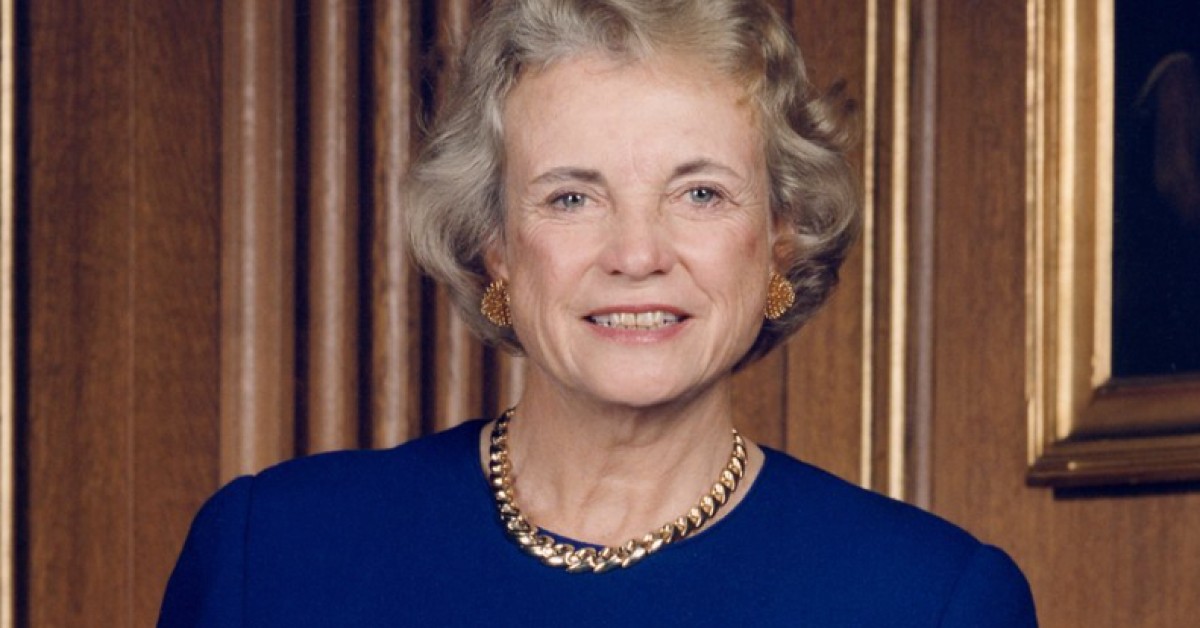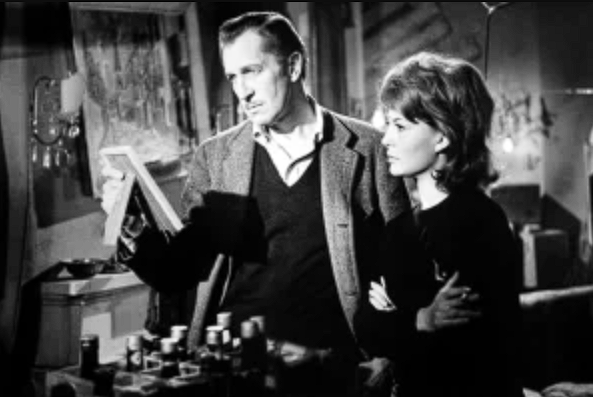
Sandra Day O’Connor, the pioneering first woman Supreme Court justice, passed away at the age of 93 in Phoenix, Arizona. Her death marked the end of a remarkable life and career that left an indelible mark on American jurisprudence and the advancement of women in the legal profession.
O’Connor’s journey to the Supreme Court was marked by determination and perseverance. Raised in eastern Arizona, she overcame gender discrimination during her job search after completing her law degree, eventually finding work as a legal secretary. However, she did not let setbacks deter her and ventured into the public sector, serving as a deputy county attorney in California and working as a civilian attorney in Germany.
Her political career took shape when she was appointed to the Arizona Senate in 1969, ultimately becoming the first female majority leader in the United States for the Arizona Senate in 1973. Her dedication to public service paid off in 1981 when President Ronald Reagan nominated her to the Supreme Court, and she received unanimous confirmation from the Senate.
As the first woman to serve on the Supreme Court, O’Connor felt a special responsibility to perform exceptionally well, setting a precedent for future female justices. She faced adversity even during her tenure, battling and overcoming breast cancer with remarkable resilience.
O’Connor’s legacy as a Supreme Court justice was characterized by her role as a moderate conservative and often a swing voter in high-profile cases. Her stance on abortion evolved over time, starting as an opponent of abortion rights but ultimately casting the decisive vote to uphold Roe v. Wade in 1992. This pivotal decision solidified the foundation of abortion rights in the United States.
In addition to her involvement in landmark abortion cases, O’Connor played a key role in decisions such as Grutter v. Bollinger, which affirmed the right of colleges to consider race as a factor in admissions, and McConnell v. Federal Election Commission, which upheld significant aspects of campaign finance regulation.
Despite being labeled a swing voter by many, O’Connor rejected that characterization, emphasizing that her decisions were rooted in legal principles rather than political considerations. Her commitment to the rule of law and judicial integrity was unwavering.
In 2006, O’Connor retired from the Supreme Court to care for her husband, who suffered from Alzheimer’s disease. Her departure marked the end of an era but left a lasting impact on the court and the legal profession. The court made adjustments to accommodate her presence, including designating the first women’s bathroom near the courtroom and renaming the Ladies Dining Room in recognition of her service.
After retiring, O’Connor continued her commitment to civic education by launching iCivics in 2006. This innovative platform used games to educate children about the political process and government branches, leaving a legacy that paved the way for future political leaders.
Sandra Day O’Connor’s journey from a cattle ranch in Arizona to the highest court in the land, her trailblazing role as the first woman on the Supreme Court, and her enduring commitment to justice and education will be remembered as an integral part of American history. Her impact on the legal profession and the advancement of women in law remains an inspiration for generations to come.




